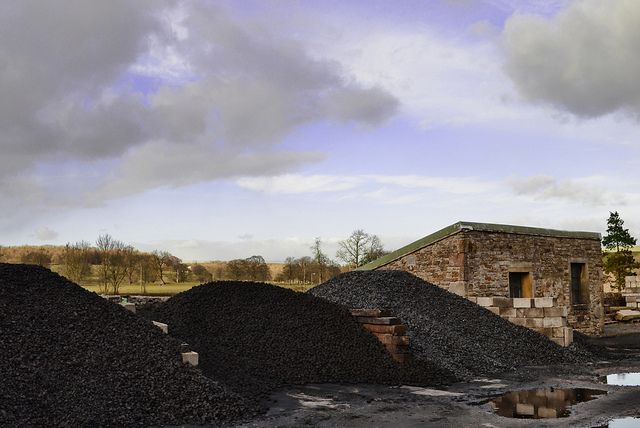
The EPA is holding public hearings on their new proposed Clean Power Plan in Atlanta, GA, Denver, CO, Pittsburgh, PA, and Washington, DC this week so that people who are concerned or interested can present comments, data and arguments about the plan. (Note that even though an event near you might be fully booked, you can still post, email, mail, or fax your comments.) If you’d like to attend and have your voice heard, you can register and find more information here.
The Clean Power Plan is a disastrous and unprecedented new set of rules that the EPA has billed as a way to cut carbon dioxide emissions from power plants by a total of 30% (The actual goal is 30% less carbon than 2005 levels, a detail the EPA has mostly downplayed when selling this plan to the public.) over the next two decades. On the surface, this might sound like a great idea, but it starts to fall apart as soon as you begin to examine the methods and costs that would go into complying with the rules.
Using a series of ridiculously complicated and arguably arbitrary formulas, the EPA has come up with a goal for each individual state to reduce its carbon emissions by, claiming to have based these goals on each state’s ability to reduce emissions. The agency intends to leave it up to the states themselves to come up with and implement plans to meet the goals they were assigned, offering only four “building blocks” (heat rate improvements, lower-emitting power plants, end-user energy efficiency, and zero-carbon generation) as suggestions.
Not only are the rules and deadlines unfair, unequal, and potentially problematic to varying degrees for different states, the EPA bypassed congress completely in implementing them, using their dubious power under the Clean Air Act to circumvent the normal process that would be involved in making such rules. The agency has never done this before, and it is already questionably legal, as the Clean Air Act states that the EPA may require states to adopt new standards, and to guide states in how to do so, but that the ultimate power of deciding what the standards would be lies with states. The EPA adds insult to injury by calling this a “federal-state partnership”, using a broad definition of the word “partnership” that eschews the popular idea that partnerships are typically voluntary.
Along with being a massive overreach of authority, the new rules stand to destroy jobs and sharply drive up electricity prices, all while putting a negligible dent in our country’s overall carbon emissions. Even if, by some miracle, these rules didn’t cause widespread economic trouble, allowing the EPA to implement them will set a new precedent for them to unilaterally impose even more demands on individuals and industries later, without Congress stepping in to help ensure new rules are sensible, fair, and not outside the bounds of the EPA’s authority.
Industries are still considering what all of this will mean for them, but from what we can see already, it doesn’t look promising.

